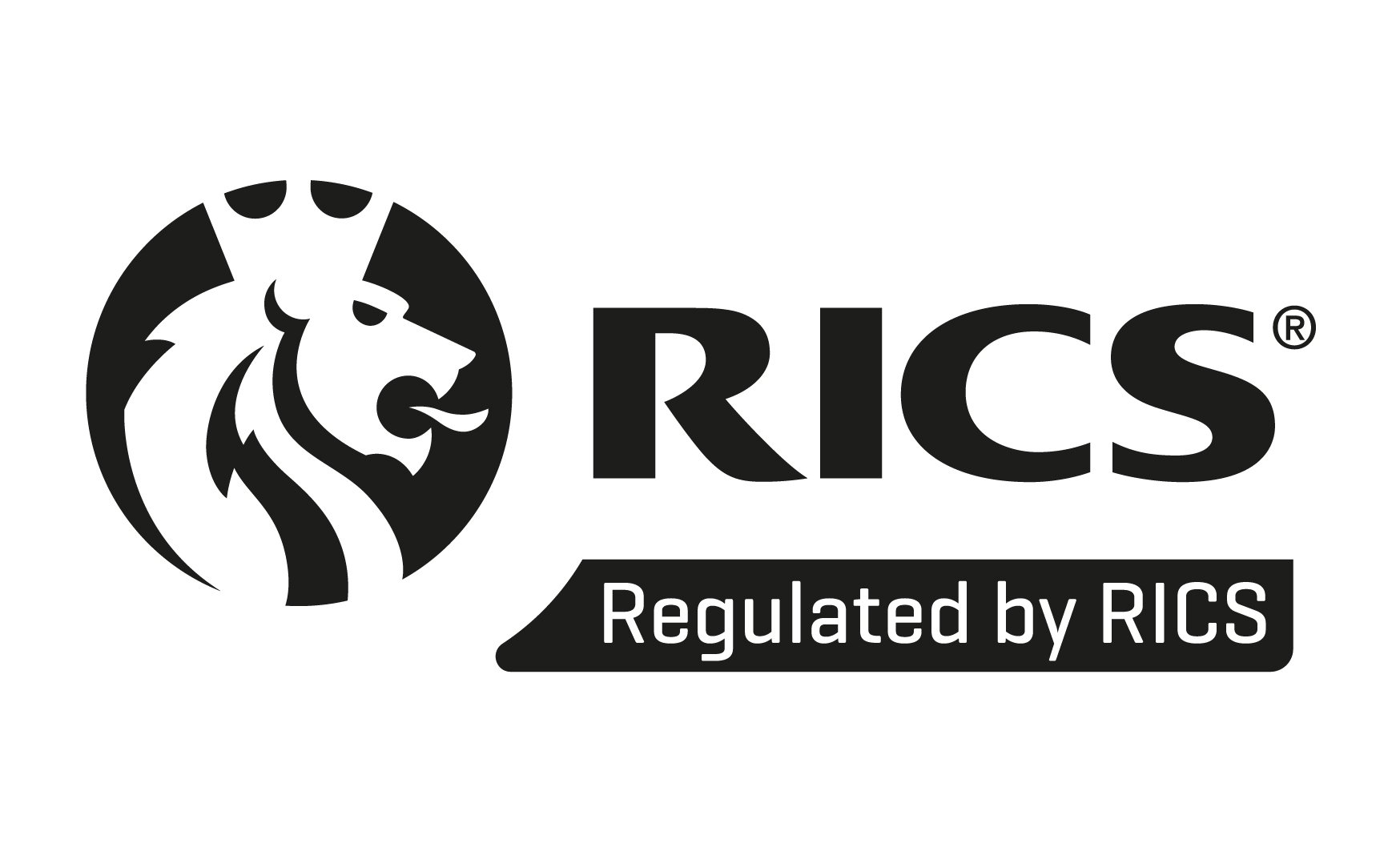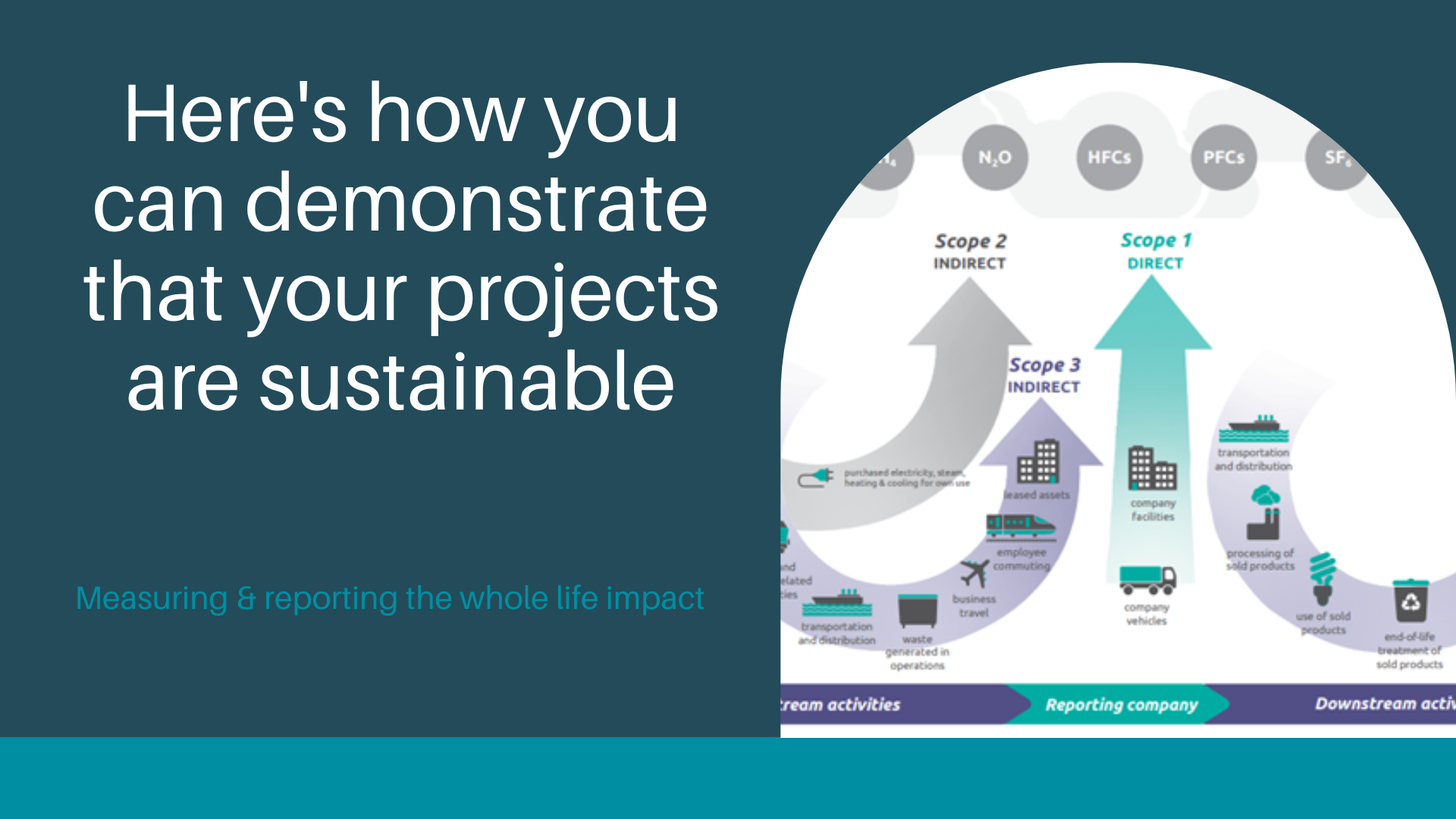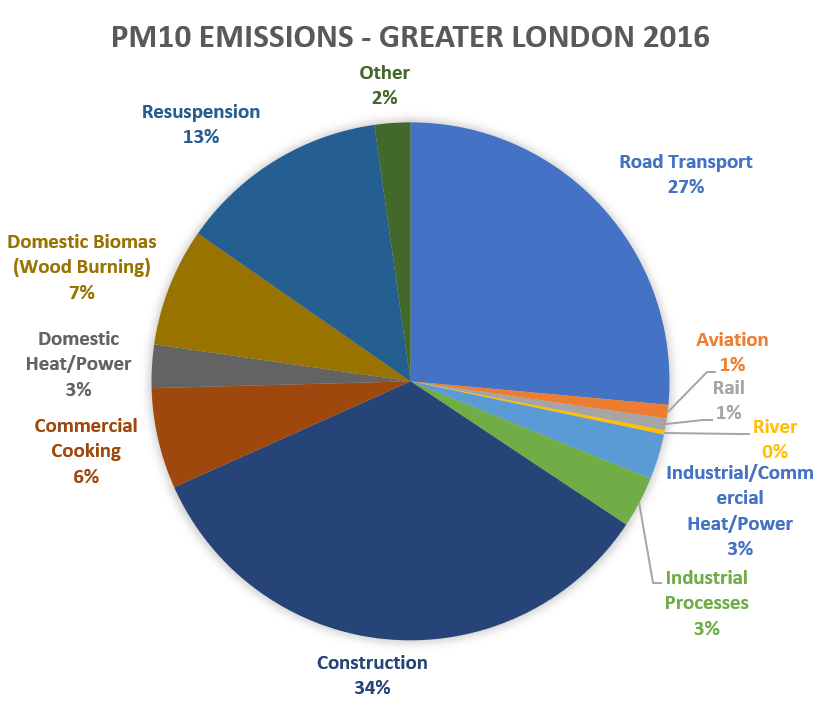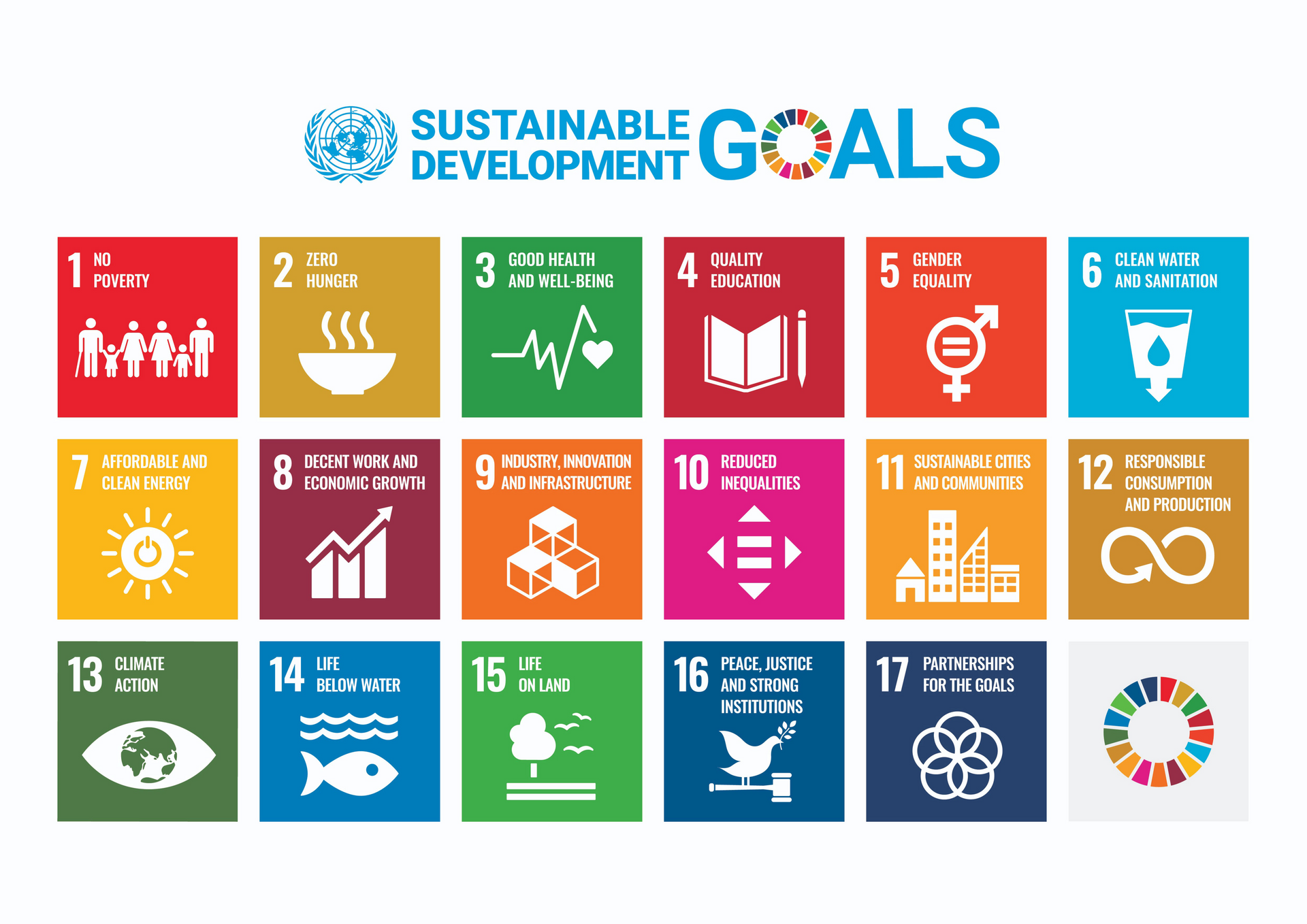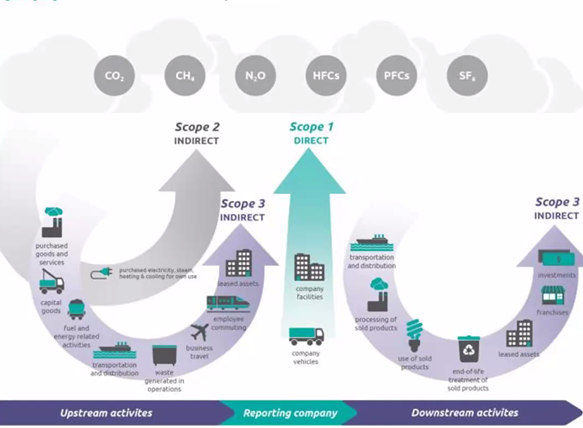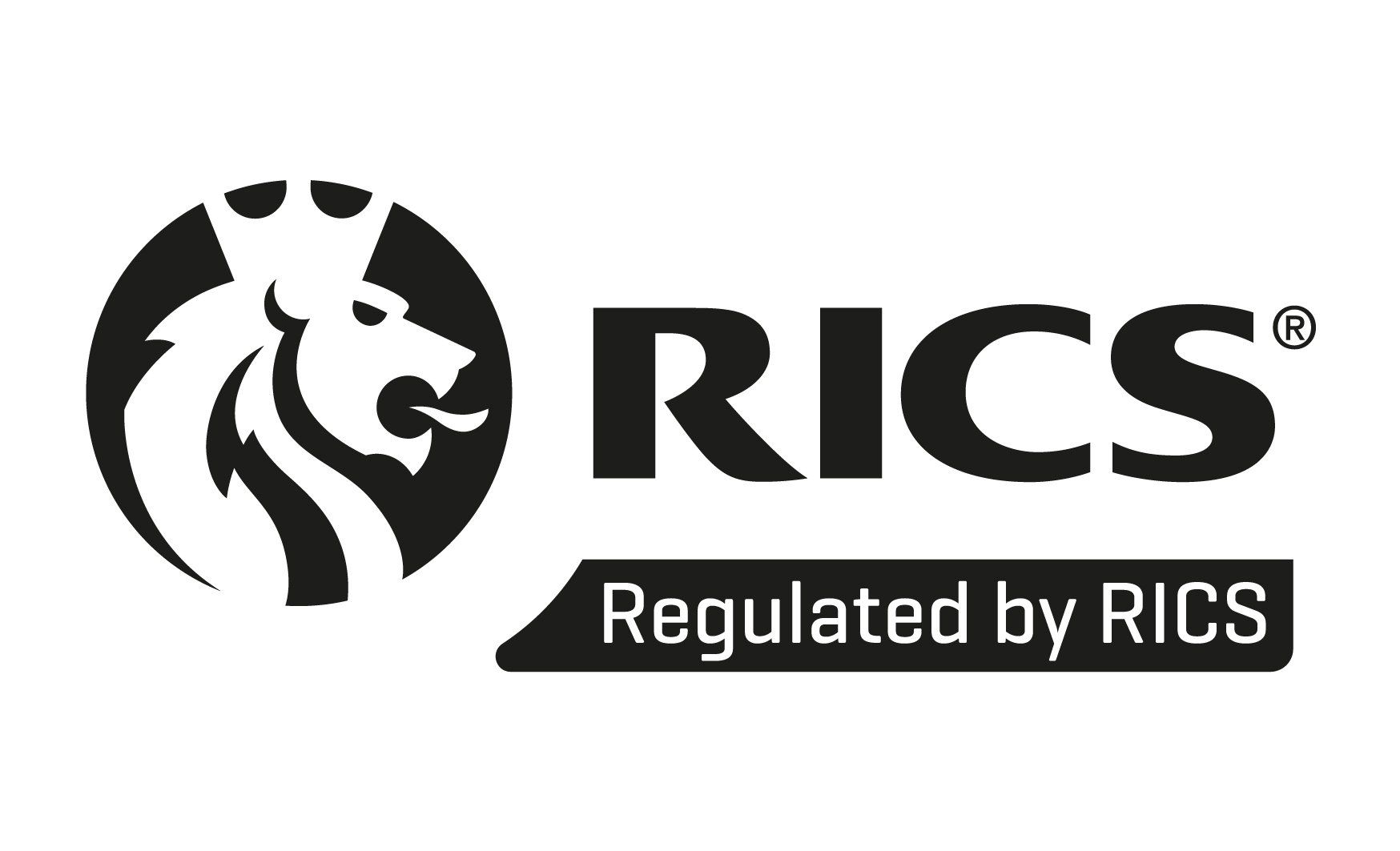Reducing Waste
Reducing overall consumption will have an impact on reducing your footprint
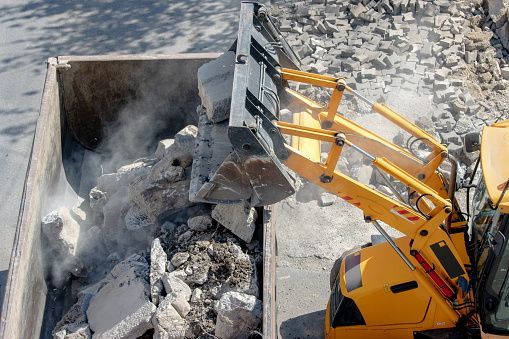
Reducing overall consumption of all products will have an impact on reducing your footprint on the environment. Waste can add a significant amount to the volume of materials consumed on a development project. This not only affects the environment but also adds needless cost.
According to a research paper by the Construction Products Association UK construction accounts for by far the largest flow of annual waste, in terms of tonnage, although much of this is reclaimed and used as aggregate. However this still leaves over 5 million tonnes of construction waste each year that ends up in landfill.
At the time of writing, at £102.10 per tonne, this equates to over £500 million per annum in landfill taxes. It has also been estimated tat over 10% of materials ordered d not get used. Considering typical company margins, this is a clear opportunity for commercial benefit if managed proactively.
Heavy construction waste
Construction waste comes from three main sources:
- Materials wasted during the construction process on site
- Demolition
- Excavation
This is known as construction, demolition and excavation waste (CD&E).
Defra figures report that roughly 90% of the construction and demolition waste is down-cycled and re-used, but less than half of excavated waste is re-used.
Initiatives such as Construct2zero call for companies involved in construction to target an Annual reduction in construction and demolition waste and excavation waste, measured in terms of tonnes/£m output (e.g. measured per turnover).
Given the latest statistics, a focus for reduction of waste ought to be smarter design and practices for excavation.
Plastic waste
Other forms of waste can have a significant detrimental effect. For example, plastic wastes and their impacts on ecology have been well documented in recent years. (If somehow you’ve missed that – short story – they’re really bad for living creatures and ecosystems). It is estimated that by 2050 there could be more waste plastic in the ocean than there are fish.
Carefully consider how and when you use plastics in your projects. Are there alternatives?
Plastics can often be found in projects, very often as packaging. The Plastic Packaging Tax is an environmental tax that has been designed to provide a financial incentive for businesses to use recycled plastic in the manufacturing of plastic packaging, intended to stimulate recycling of plastic waste and diverting it away from landfill or incineration.
Offsite construction
Where components and building elements can be carefully designed and manufactured off-site in factory conditions, there ought to be a greater opportunity to reduce the amount of waste generated, e.g. by sizing components to use whole sheets or runs of material and to avoid wasteful off-cuts. Dimensional design is an example of this whereby builds are sized to make use of whole components, such as the standard lengths of bricks or blocks, reducing on-site manipulation, cutting and waste.
Computer aided design can also be beneficial where simulation and modelling can be used to better plan for interfaces and connections.
Designing for longevity or flexibility
Another common source of waste is premature replacement.
This can happen for a few general reasons. Either:
- The materials were not appropriately specified or designed for their intended purpose, resulting in early failure, or
- Use or needs change, meaning that perfectly functional items are no longer required.
- Sturdy materials were specified that have lasted well, but, the use of the premises has evolved, and the components are no longer required. Using a 50 year-life material for a 10 year application might be an example. Not only wasteful of resource, but also cost.
Fittings and furniture can be a common source of such waste, particularly when replaced due to either heavy use, or quite often, simply due to changes in taste or fashion. Designing for aesthetic and / or functional longevity might therefore be a solution to this issue, at least in part.
Access to good practice
A proactive approach to designing out construction waste and procuring operational waste processes is required.
Much waste is generated inadvertently by:
- over-ordering
- ordering the wrong thing
- damage by mishandling materials
- off-cuts
- inadequate storage of materials
- unnecessary packaging, e.g. plastics and cardboard
Having a well thought through approach to the way to design, procure and manage your projects is therefore important. Time spent upfront getting this right can help a lot. Ongoing management practices are also beneficial.
Various supply chain education programmes exist. These encourage contractors to put their staff through training and awareness programmes to raise awareness of best practice.
Evenlode Roadside can help to guide you toward useful resources to reduce the amount of waste generated on your projects.

